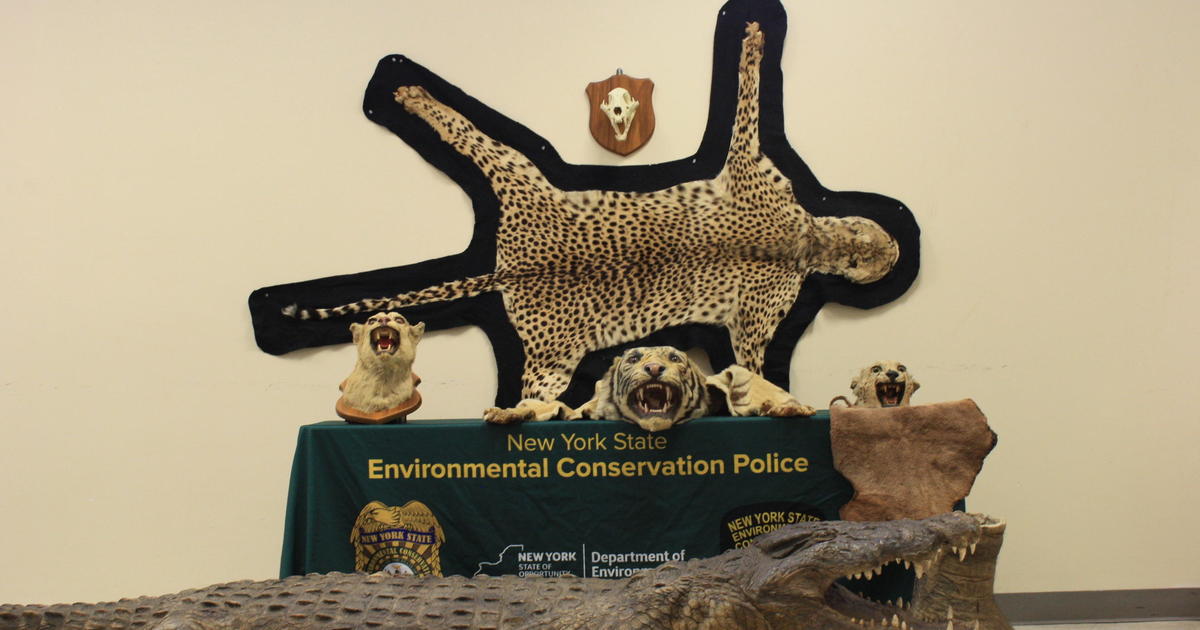Alaska's orcas battle fishermen for their catch
Killer whales have turned the tables on fishermen working in the dangerous waters of the Bering Sea off Alaska. Now the orcas are preying on the fishermen, sometimes stalking them for days at a time before stealing the catch off their lines, a problem that has worsened in recent years.
According to marine ecologist Robert Pitman of the Alaska Fisheries Science Center, killer whales can recognize the sounds of the fishing boats, especially the hydraulic noise made by the fishing lines, which they can hear from miles away. For the orcas, who can weigh between 5,000 and 12,000 pounds fully grown, the fishing boats are an easy, reliable source of food.
"For the most part, a lot of these fish don't occur up in the areas where killer whales can normally dive," said Pitman. These fish are either on the bottom or they're in deep water, and they're out of their range. … [Orcas] aren't stupid, and they take advantage of it."
For those who depend on pulling fish from the sea to make a living, the stakes in this battle are high. Fisherman Buck Laukitis likened his situation to a "primordial struggle" in an interview with the Alaska Dispatch News. Another, Robert Hanson, told the paper the orcas' behavior is becoming more aggressive and he and his crew were "harassed nonstop" during a trip to the continental shelf in April.
"Harassment," isn't the word Deborah Giles, research director of the Center for Whale Research, would use to describe how the animals are interacting with the fishing boats.
"It's a learned behavior that the whales have acquired," she said, adding that it has been observed in other parts of the world including the Caribbean. "The whales often cooperatively hunt and share food."
According to the Alaska Fisheries Science Center, orcas consumed between 152,000 pounds and 1.5 million pounds of sablefish from commercial fishing lines in the western waters off Alaska between 1995 and 2015. Catch rates were reduced between 45 percent and 70 percent, it said. Halibut, cod and Chilean sea bass are also orca favorites.
Other types of whales, such as sperm whales, also engage in this behavior, known technically as "depredation," though orcas are considered to be the worst offenders because they tend to operate in large groups called pods
"Some of the populations that feed this way are increasing because fishermen are subsidizing them," Pitman said. "It means they catch less fish. It means they have to spend more time driving their boats at high speeds away from killer whales. It's frustrating and expensive."
Some fishermen try to scare away the fish using guns, although that's illegal becaue orcas are protected under the Marine Mammal Protection Act. Others have tried using pots like those used to catch crabs. But Pitman said orcas have figured out how to steal the fish from them. Given their highly social nature, killer whales learn the tricks of the trade from one another.
Scientist estimate that about 1,500 Orcas ply the waters off Western Alaska, though conflicts between the animals and fisherman are occurring in all the state's waters. Their evolution has placed them -- and their voracious appetites -- at the top of the oceanic food chain. Unfortunately, that also makes killer whales very susceptible to chemicals and pollution, and orca populations in other areas are struggling.
"For this reason, many scientists consider orcas an 'indicator species' regarding the health of marine ecosystems in general," according to Scientific American. "The preponderance of protected stretches of both ocean and coasts gives orcas a boost in their struggle to stay one step ahead of extinction."
So, apparently, do some clever adaptations.



